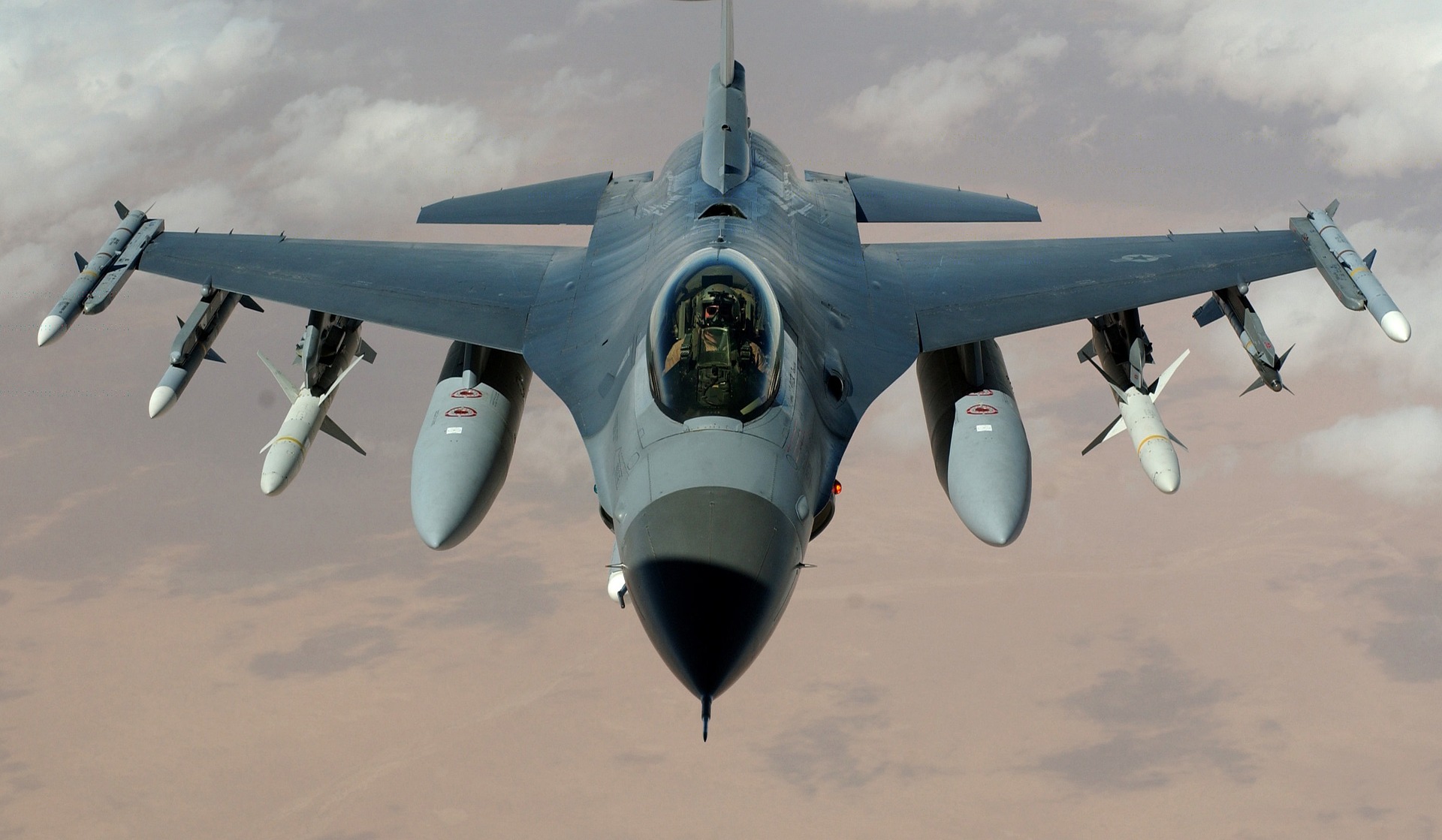 Various types of rivets are used in an aircraft. For example, there are slug rivets, full tubular rivets, tubular compression rivets, and camloc fasteners.
Various types of rivets are used in an aircraft. For example, there are slug rivets, full tubular rivets, tubular compression rivets, and camloc fasteners.
Table of Contents
Compression Tubular Rivets
Generally, aircraft rivets are permanent mechanical fasteners. Rivets are used to join metals, fiber-reinforced laminates, and plastics. Rivets come in a variety of sizes and shapes. As a result, they are available in many materials, including aluminum, copper, magnesium, nickel, and stainless steel. In addition, these rivets are available in various finishes, including anodizing, chromate, and phosphate.
A solid rivet is the most widely used type of rivet. These rivets consist of a solid shank with a head. They are driven by a pneumatically or electromagnetically actuated tool. They are typically used in applications where reliability and safety are important. Solid rivets are also used in aircraft and structural appliances where durability is important.
Semi-tubular rivets are used in a variety of applications. They are ideal for joining tight assemblies. They are available in many different materials, including acetal and nylon. They can be used in flat, oval, or countersunk shapes.
Tubular rivets are used to join fiber-reinforced laminates. They are formed by rolling material around the hole at the shank’s end. The inside wall of the shank tapers outward at about 15 degrees. During the fastening process, an interference fit forms between the two materials.
Full Tubular Rivets
A full tubular rivet is an effective solution for joining various materials. These rivets have a deep drilled end, allowing them to penetrate softer materials. They also have a wider bearing surface, reducing the risk of pulling out the rivet. The material that is used in the rivets depends on the application.
Materials used in rivets include steel, copper alloys, aluminum, titanium, Monel, super alloys, and ceramics. Rivets are used to join dissimilar materials in a wide variety of industries. The materials are usually joined by impacting the rivet with a crimping die.
Riveting systems ensure no heat or sparks are produced during the riveting process. They are also flexible in their product design, making them easy to integrate into a manufacturing process. The use of rivets in aircraft has been very successful for several decades. They are also extremely strong and can withstand repeated loads.
Several types of rivets include semi-tubular, full tubular, and solid rivets. There are also blind rivets. These rivets are used when access to the workpiece’s back side is impossible.
Camloc Fasteners
Whether constructing a small or heavy-duty commercial aircraft, you must use top-quality aerospace fasteners. These components play a critical role in the durability and strength of the aircraft. But, unfortunately, they also affect its safety.
Aerospace fasteners are made of various materials, including aluminum, titanium, steel, and superalloys. These components are CNC-machined to provide a reliable fastening solution. As a result, the strength-to-weight ratio of these materials is superior. They also have high corrosion resistance and heat resistance.
Aircraft fasteners have three components: a stud, a spring, and a receptacle. The stud is made of steel and can have a variety of head styles. Markings can identify the stud’s head. The spring locks the stud into place. The receptacle is made of high-carbon steel. The receptacle is case-hardened to prevent excessive wear.
Aerospace fasteners are made for punishing environments. Using these fasteners can reduce maintenance costs. The fasteners are easy to install and remove. They are also vibration resistant.







